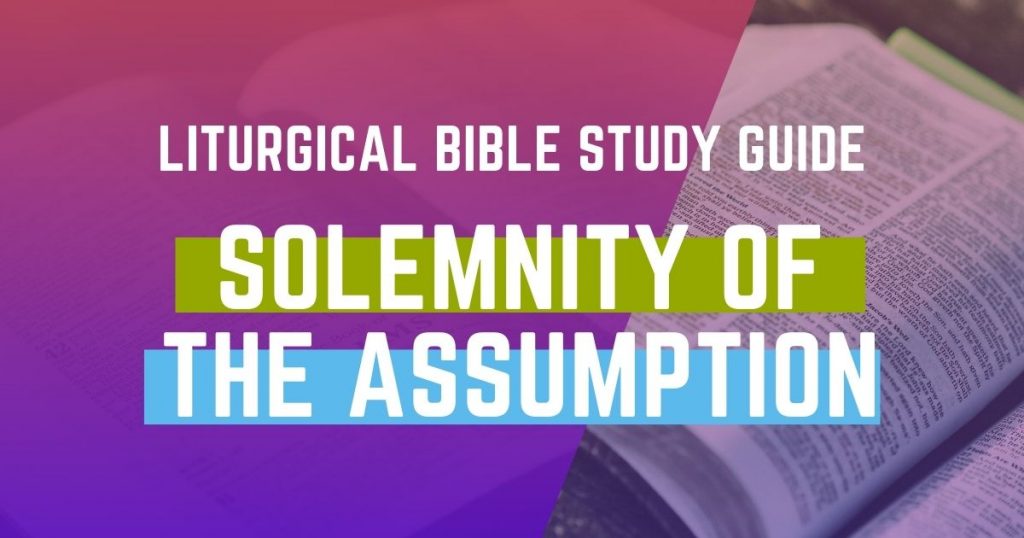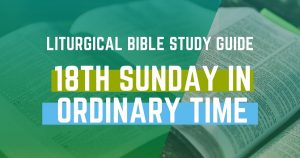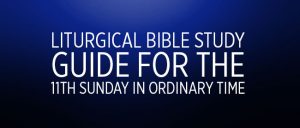Introduction
This holy day of obligation celebrates the dogma of faith that the Mother of God was taken up to heaven, soul and body, after her earthly life.
This dogma is not documented in Holy Scripture and reliable historical reports at to the place (Ephesus, Jerusalem), the time, and the circumstances of Mary’s death are lacking. Still, the fact of her death is almost generally accepted by the Church Fathers and theologians, and is expressly affirmed in the liturgy of the Church. Origen (died 253), St. Jerome (died 419) and St. Augustine (died 430) among others mention the fact of her death incidentally. For Mary, death, in consequence of her freedom from original sin and from personal sin, was not a consequence of punishment of sin but a result of being a descendant of Adam and Eve. However, it seems fitting that Mary’s body, which was by nature mortal, should be, in conformity with that of her Divine Son, subject to the general law of death.
The feast of the Assumption was first celebrated, according to historical record, in the early 5th century. By the reign of the Byzantine Emperor Mauricius Flavius (582-602) a Marian Feast on August 15th was formally added to the calendar of the Eastern Church which celebrated the sleeping of Mary (Dormitio). The object of the feast was originally the death of Mary, but very soon the thought appeared of the incorruptibility of her body and
of its assumption into Heaven. In the West, St. Gregory of Tours (d. 593) is known to have preached the dogma of Mary’s bodily assumption. Rome added the feast to the western calendar in the 7th century. Pope St. Adrian (772-795) changed the original title Dormitio (sleeping) into Assumptio (assumption). In the Liturgical and Patristic texts of the 8th and 9th centuries, the idea of the bodily assumption is clearly attested. Among the advocates of this idea have been St. Albert the Great, St. Thomas Aquinas, St. Bonaventure, St. Bernardine of Sienna, St. Robert Bellarmine, St. Francis de Sales, St. Peter Canisius and St. Alphonse Ligouri.
Pope Pius XXII on November 1, 1950, promulgated by the Apostolic Constitution Munificentissimus Deus as a dogma revealed by God that: “Mary, the immaculate perpetually Virgin Mother of God, after the completion of her earthly life, was assumed body and soul into the glory of heaven.”
Direct and express scriptural proofs are not to be had. The possibility of the bodily assumption before the second coming of Christ is not excluded by 1 Corinthians 15:22-24, as the objective redemption was completed with the sacrificial death of Christ, and the beginning of the final era foretold by the prophets commenced. Its possibility is suggested by Matthew 27:52-53.
There are two Old Testament examples of assumption: Enoch in Genesis 5:24, and Elijah in 2 Kings 2:11. Hebrew tradition also has it that Moses was assumed into God’s presence (Deuteronomy 34:5-6).
1st Reading – Revelation 11:19a; 12:1-6a, 10ab
When chapter designations were added to the Bible in 1204 by Cardinal Stephen Langton, Archbishop of Canterbury, the divisions were not all together accurate. Today’s reading reflects the proper division of the 11th and 12th chapters of the book of Revelation wherein the last verse of chapter 11 should really be the first verse of chapter 12. To the Jew, the appearance of the Ark of the Covenant would be a wondrous happening and the appearance of the ark would be (and in fact is) described in detail.
2nd Reading – 1 Corinthians 15:20-27a
Christ’s resurrection is the crowning event of salvation history and man’s victory over sin, Satan, and death. As Adam brought death, Christ brings resurrection from the dead. The Christian who is incorporated in Christ by baptism shares in His risen life. The final fruit of redemption in Christ will be realized for the Christian at the Lord’s parousia when the dead rise in glory.
Gospel – Luke 1:39-56
Today as our Gospel reading we hear of the visitation and Mary’s Magnificat.





